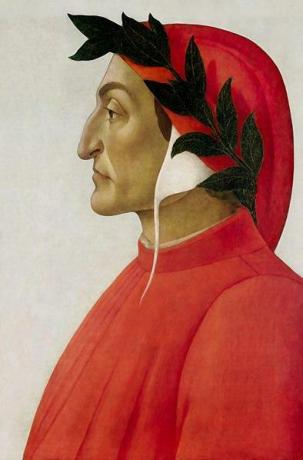When we talk about the process of formation of the bourgeoisie, even in the Middle Ages, many take for the formation of the bourgeois class that stands out since the Industrial Revolution. In this sense, we end up noticing the development of a confusion that simply links the medieval bourgeoisie to the concepts, presuppositions and moral values that define the contemporary bourgeoisie.
In a nutshell, many believe that, already in the Middle Ages, the bourgeoisie tried in every way to enrich itself by expanding the profit ranges linked to its economic activity. Even being enterprising and ambitious, it is not for us to say that the bourgeois feel, think and act in the same way for centuries on end. In this sense, we can see the existence of characteristics that can mark a profound difference between the bourgeois of the Low Middle Ages and those of other historical times.
In the first centuries of its appearance, merchants were still taken by commercial precepts closely linked to Christian values. Under such influence, we see that many trade corporations were fighting abusive profits by stipulating the so-called “fair price”. In short, this type of price consisted of the sum of the raw material and the labor used to obtain the merchandise.
First, we can see that this practice was a real obstacle for the accumulation of capital to happen quickly among the European bourgeoisie. However, the rise in population rates ended up causing the dynamism of the European economy that marks the transition between feudalism and capitalism. In other words, even with reduced profits, we see that the feudal bourgeoisie prospered and gained increasingly important social and political spaces.
In parallel to the moral and religious values of the fair price, we can see that the Church also interfered in the development of financial activities. In many cases, bourgeois and artisans borrowed money so that they would have the means to meet their productive demands. In many cases, the lender received an extra subsidy consisting of the payment of interest proportional to the value and length of the loan.
This custom, known as usury, was vehemently condemned by Catholic clergy. For such, the practice of usury was a dishonest activity, as the creditor obtained earnings without work and profited over time. In the eyes of the Church, time could not be used for private purposes, as it could only be handled by God. Once again, moral and religious precepts limited the development of commerce in the Middle Ages.
Despite the resistance, the growth of commerce increasingly called for the loan of large amounts of money. Thus, the Church started to release the practice of usury in situations where the creditor risked losing all or part of the loan. In this context, the debtor could justify the non-payment of usury by proving that he was unable to sell all the wealth generated by the amount borrowed.
By Rainer Sousa
Graduated in History
Brazil School Team
Middle Ages - General history - Brazil School
Source: Brazil School - https://brasilescola.uol.com.br/historiag/a-usura-justo-preco.htm


